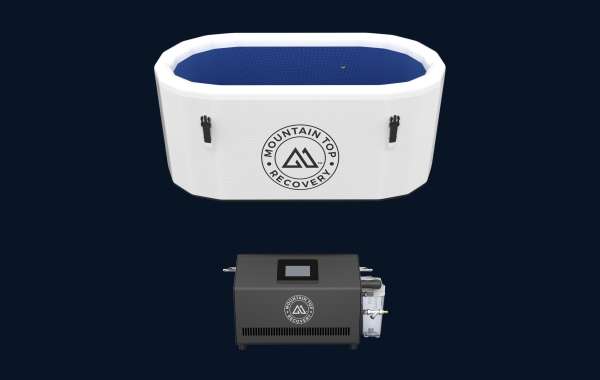Are you a Sage 50 user who just can't seem to get that trial balance to line up? Don't worry, you're not alone! Trial balance issues are a common headache for many accounting professionals. In this blog post, we're going to dive into the world of Sage 50 and explore what causes an unbalanced trial balance, how to troubleshoot it, and most importantly - how to prevent it from happening again in the future. So grab your favorite beverage, sit back, and let's tackle that pesky unbalanced trial balance together! Find- Sage 50 Balance Sheet Out of Balance error
Understanding the Importance of a Balanced Trial Balance
Ensuring a balanced trial balance in Sage 50 is crucial for maintaining accurate financial records. It serves as a snapshot of the company’s financial standing at a specific point in time. A balanced trial balance indicates that total debits equal total credits, ensuring the accuracy and integrity of the financial data.
Having a balanced trial balance instills confidence in stakeholders such as investors, creditors, and management. It provides assurance that all transactions have been accurately recorded and helps identify any discrepancies or errors promptly. A balanced trial balance also facilitates the preparation of other financial statements like income statements and balance sheets.
Common Reasons for an Unbalanced Trial Balance in Sage 50
When dealing with an unbalanced trial balance in Sage 50, several common reasons can lead to discrepancies. One frequent issue is errors in data entry, such as inputting the wrong amounts or accounts. These mistakes can throw off the balance and make reconciliation challenging.
Another possible cause of an unbalanced trial balance is missing transactions or duplicate entries. Overlooking a transaction or entering it twice can disrupt the equilibrium of the accounts, leading to inconsistencies that need to be rectified promptly.
Furthermore, discrepancies may arise from issues with account mappings or incorrect chart of accounts settings. If certain accounts are not mapped correctly or if there are inaccuracies in the chart of accounts setup, it can result in an unbalanced trial balance that requires attention and correction.
In addition, changes made to previous transactions without proper adjustments being recorded can also contribute to an unbalanced trial balance within Sage 50. It's essential to ensure that all modifications are accurately reflected in the system to avoid discrepancies down the line.
How to Troubleshoot and Fix an Unbalanced Trial Balance in Sage 50
When dealing with an unbalanced trial balance in Sage 50, it's essential to follow a systematic approach to troubleshoot and rectify the issue efficiently. One common method is to review each account for accuracy and ensure all transactions are correctly entered.
- Start by checking for any discrepancies between debits and credits within each account. Verify that all opening balances were accurately inputted at the beginning of the accounting period. Reconcile any differences found between ledger balances and actual statements from financial institutions.
Another effective troubleshooting step is to examine transaction dates for errors or duplicates. Any incorrect entries should be corrected promptly to prevent further discrepancies in the trial balance. Utilize Sage 50's reporting tools to generate detailed financial reports that can help pinpoint where the imbalance lies. Find more ; Sage 50 on Mac Devices
By diligently investigating potential causes of an unbalanced trial balance, you can identify and resolve issues swiftly, ensuring accurate financial records in your Sage 50 software.
Preventing Unbalanced Trial Balances in the Future
To prevent unbalanced trial balances in the future, it's crucial to establish consistent reconciliation practices. Make sure to regularly review and reconcile all accounts within Sage 50 to catch any discrepancies early on. Double-check that all transactions are accurately recorded and categorized to maintain balance integrity.
- Another key step is to ensure proper training for staff members who handle financial data entry in Sage 50. By providing adequate training, you can reduce the likelihood of errors that may lead to unbalanced trial balances down the line.
- Additionally, consider implementing internal controls such as segregation of duties and regular audits. These measures can help detect and prevent potential issues before they impact your trial balance.
- Staying organized with detailed documentation of all financial transactions can streamline the reconciliation process and make it easier to identify any discrepancies promptly. Consistency and attention to detail are essential in maintaining a balanced trial balance in Sage 50.
Conclusion
Maintaining a balanced trial balance in Sage 50 is crucial for the accuracy of your financial records. By understanding the importance of a balanced trial balance and being aware of common reasons for unbalanced figures, you can effectively troubleshoot and fix any discrepancies that may arise. Remember to follow best practices to prevent unbalanced trial balances in the future and utilize tips for efficiently managing your finances in Sage 50. With these strategies in place, you can ensure that your financial reports are accurate and reliable for making informed business decisions.




